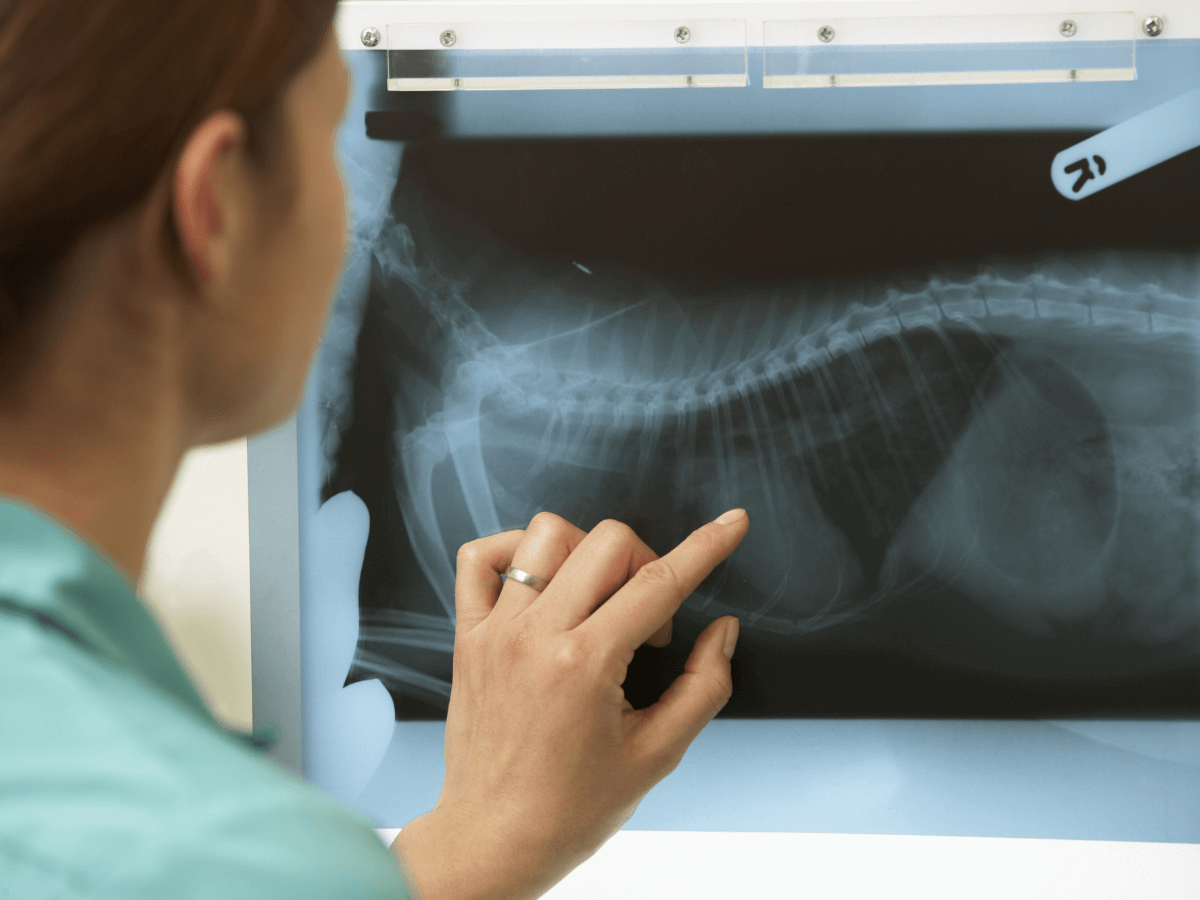Veterinary ServicesPet X-ray
Pet owners in Portland, OR, understand the importance of comprehensive veterinary care to ensure the well-being of their furry companions. One essential diagnostic tool that plays a crucial role in understanding your pet’s health is the X-ray.
Understanding Pet X-rays
During a pet X-ray, a small amount of radiation is directed through the pet’s body. Different tissues absorb varying amounts of radiation, creating images of the internal structures. Bones appear white, while softer tissues, like muscles and organs, appear in shades of gray.
When is a Pet X-ray necessary?
- Trauma or Injury: If your pet has experienced trauma or injury, a pet X-ray is often necessary to assess the extent of internal damage.
- Chronic Pain or Lameness: Pets experiencing chronic pain or lameness may benefit from a pet X-ray to investigate potential orthopedic issues or degenerative conditions affecting the joints.
- Respiratory or Digestive Issues: X-rays are invaluable in diagnosing respiratory and digestive issues. Whether it’s identifying obstructions, tumors, or abnormalities, x-rays provide a comprehensive view.
Benefits of Pet X-rays
Accurate Diagnosis
Pet X-rays are instrumental in identifying fractures, tumors, and other internal issues that may not be visible on the surface. This accuracy allows veterinarians to formulate precise treatment plans tailored to the individual needs of your pet.
Early Detection of Health Issues
Regular pet X-rays can detect health issues in their early stages, enabling prompt intervention. Early detection is key to successful treatment and can significantly improve the prognosis for many conditions.
Monitoring Treatment Progress
For pets undergoing treatment, X-rays serve as a valuable tool for monitoring progress. Whether it’s tracking the healing of a broken bone or assessing the effectiveness of cancer treatments, X-rays provide tangible evidence of the impact of medical interventions.


